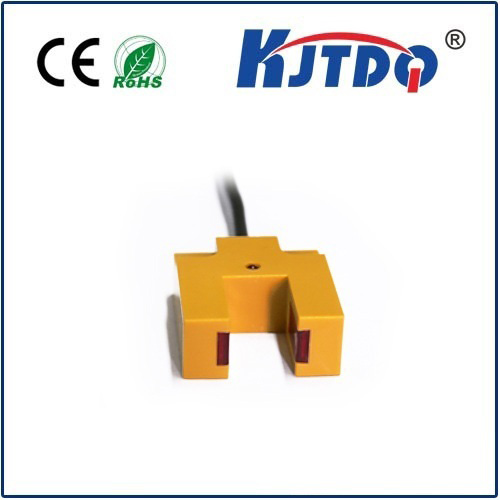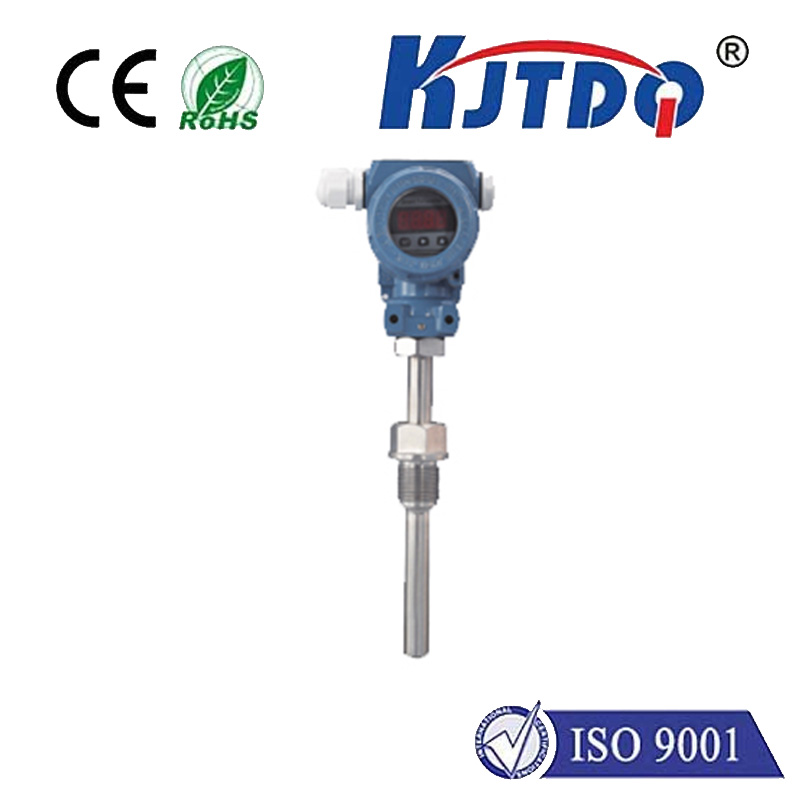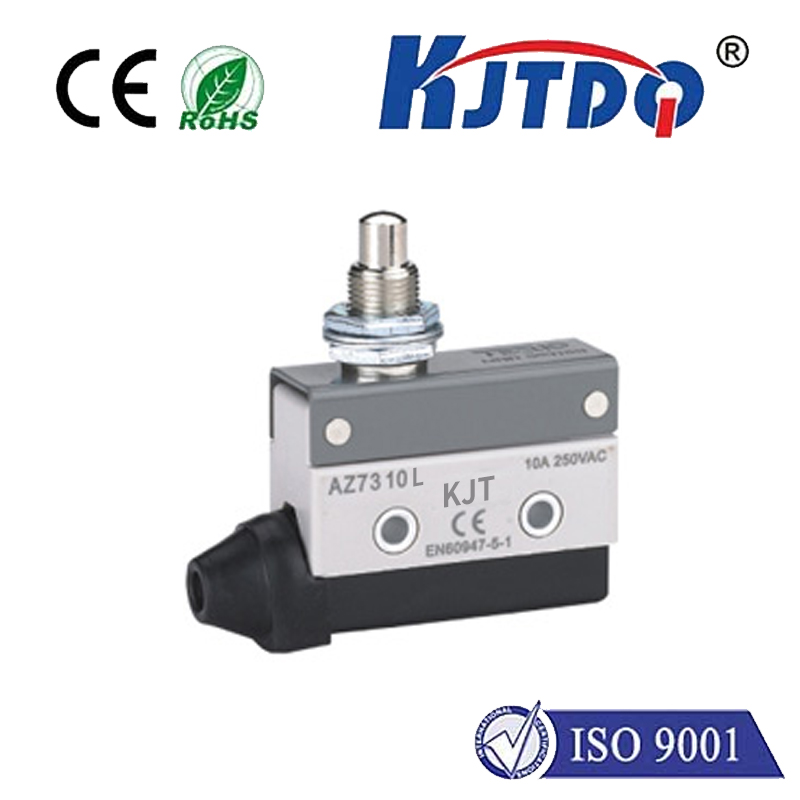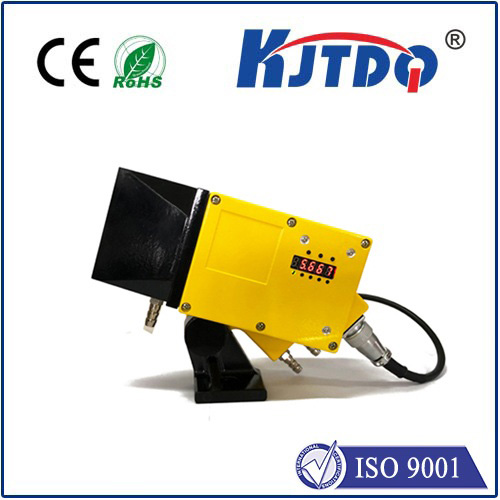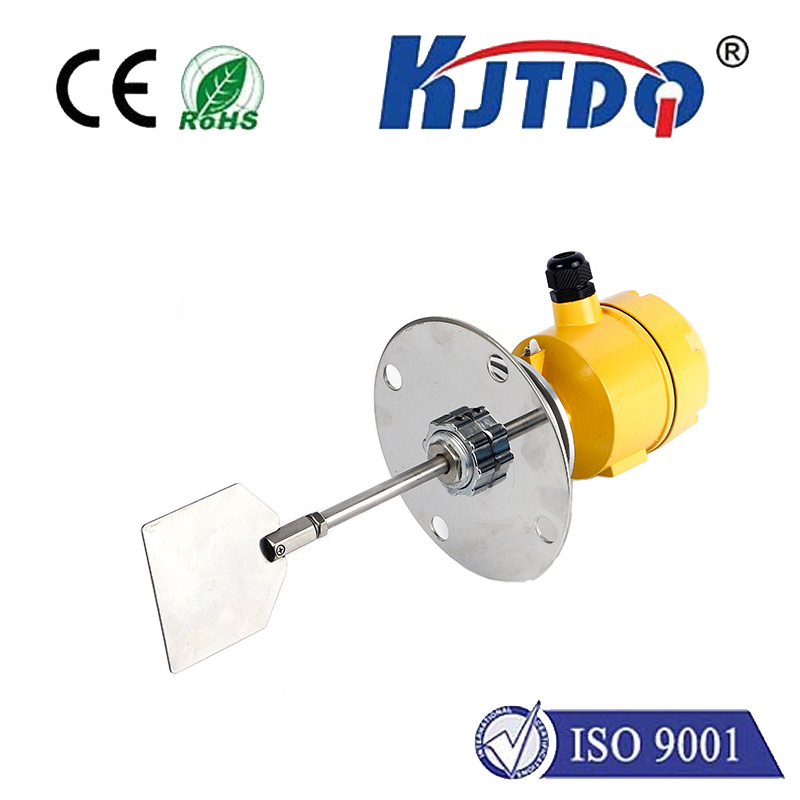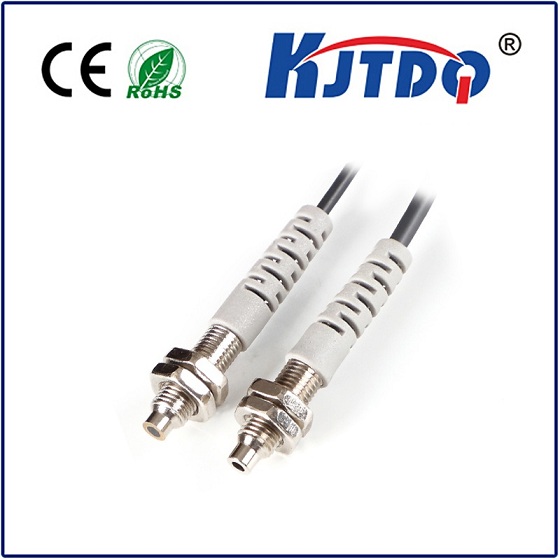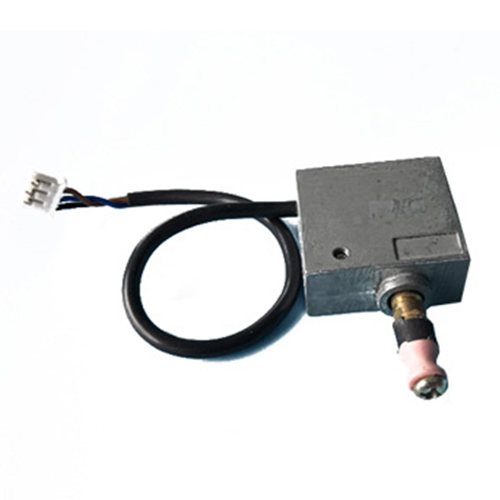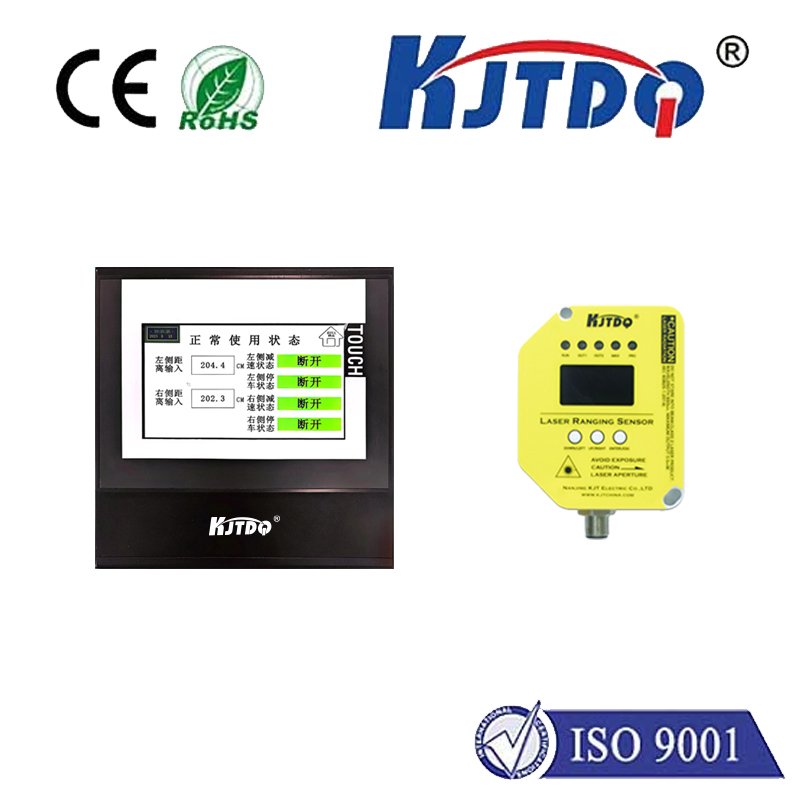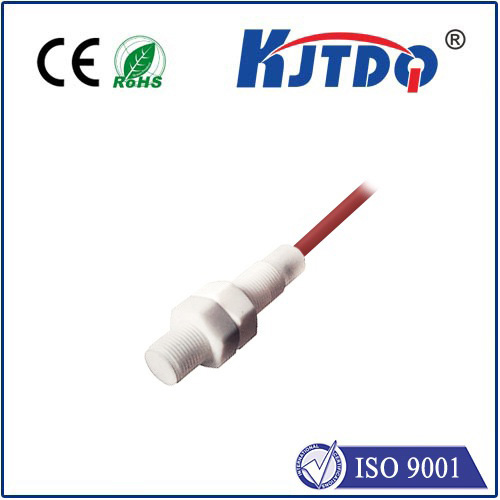

check

check

check

check

check

check

check

check

check

check
Introduction:
The advent of smart homes has revolutionized the way we interact with technology. From controlling lighting to monitoring security, a myriad of devices have made our lives easier and more convenient. However, one often overlooked aspect of smart home technology are the vicinity sensors, a small but mighty device that plays a pivotal role in enhancing the functionality and accuracy of these systems. In this article, we will delve deeper into the world ofvicinity sensors and explore their significance in shaping the future of smart homes.
Section 1: What Are Vicinity Sensors?
A quick recap on how these remarkable devices work. Vicinity sensors, also known as proximity sensors or beacons, use radio waves to detect the presence of objects in close proximity, typically ranging from a few centimeters to several meters away. These devices are equipped with an internal sensor that triggers a response when it detects the presence of an object. This response can be in the form of a light flash, sound notification, or even automatic actions such as opening curtains or turning on lights.
Section 2: The Applications of Vicinity Sensors in Smart Homes
The versatility of vicinity sensors is what sets them apart. They can be found in a wide range of applications in smart homes, from automated door locks and alarm systems to energy-saving initiatives like regulating room temperatures based on occupancy. For instance, a motion detector installed near a doorway can trigger an alert if someone attempts to enter without permission, while a temperature sensor placed in a room can automatically adjust the heating or cooling system based on indoor occupancy.
Section 3: Advancements and Innovations in Vicinity Sensor Technology
As with any emerging technology, there have been significant advancements and innovations in the field of vicinity sensors. One notable development is the introduction of ultra-low power sensors that consume significantly less power than their predecessors, making them ideal for battery-powered devices like smartwatches and health monitors. Another trend is the integration of artificial intelligence (AI) into vicinity sensors, enabling them to learn and adapt to changing patterns in usage over time. This not only improves the accuracy of sensor readings but also allows for more personalized and efficient interactions with users.
Conclusion:
The rise of smart homes has brought about numerous benefits, including increased convenience, improved safety, and enhanced energy efficiency. And at the heart of these systems lie the tiny yet powerful devices that enable them – namely, vicinity sensors. As technology continues to evolve, it is exciting to imagine the possibilities that these devices will open up in terms of creating truly seamless and intelligent living environments.
